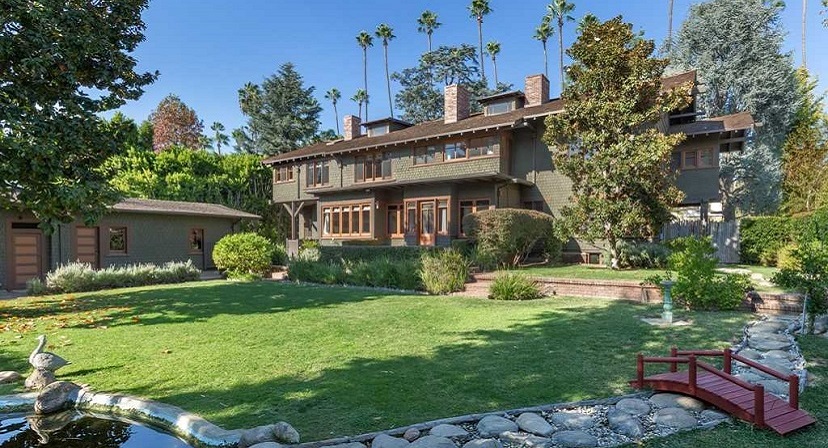
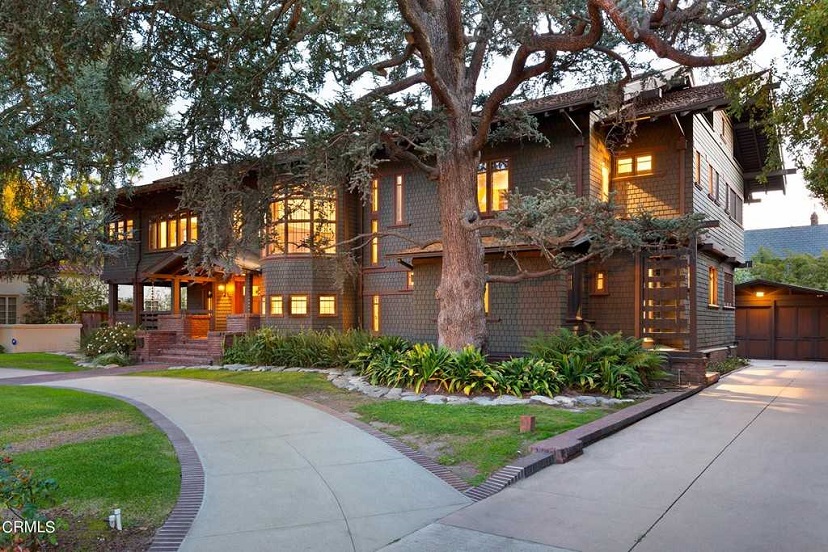
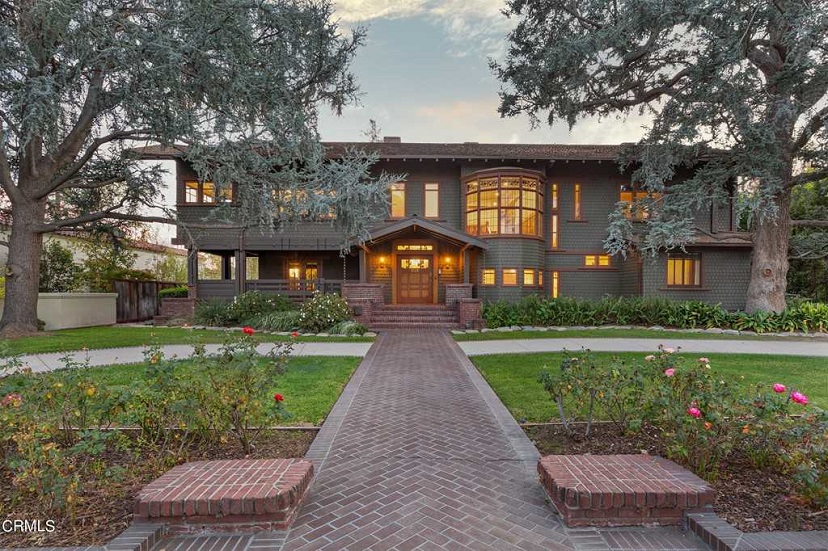
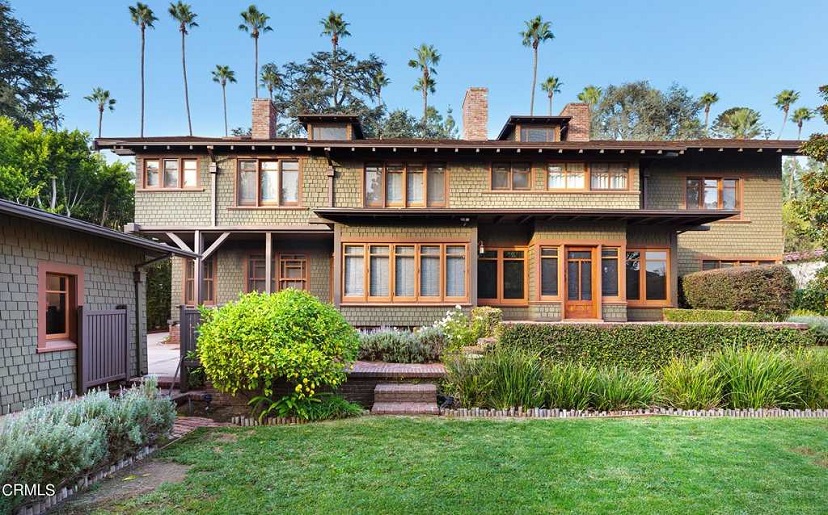
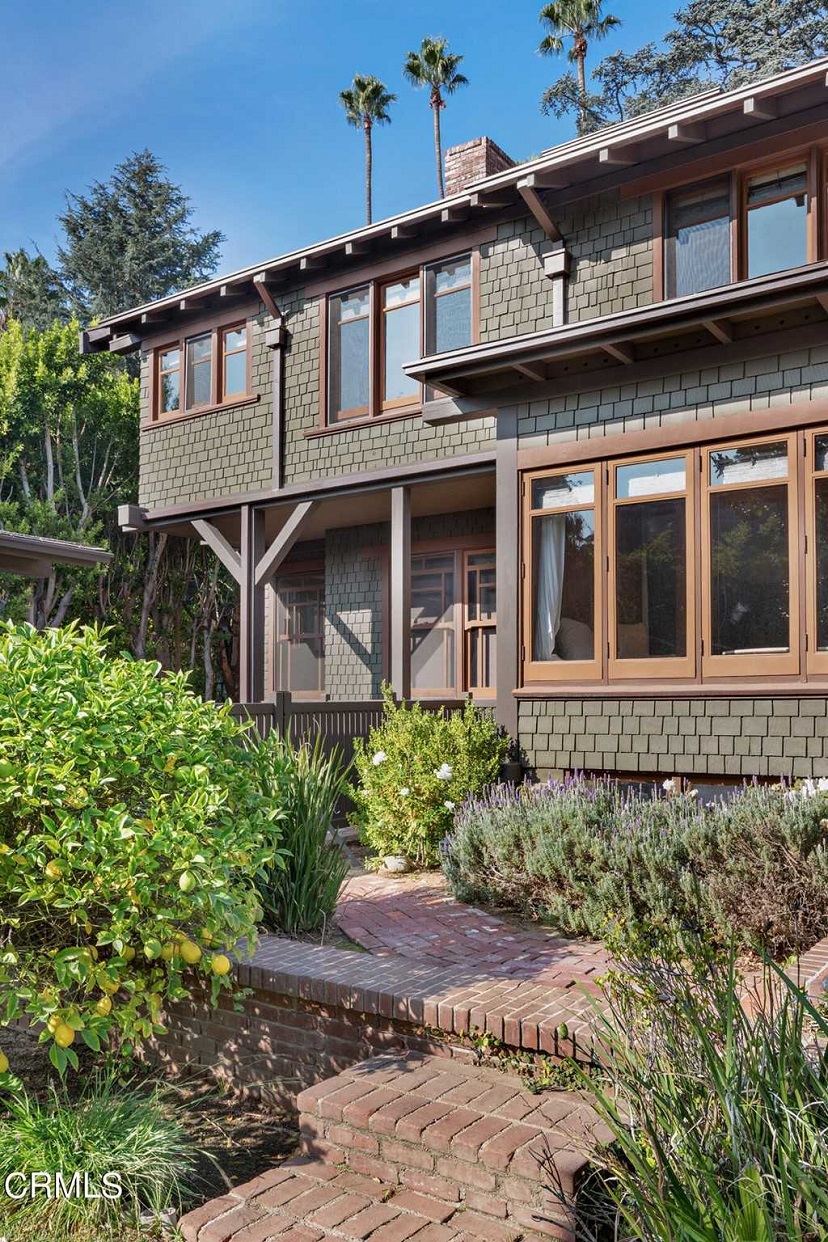
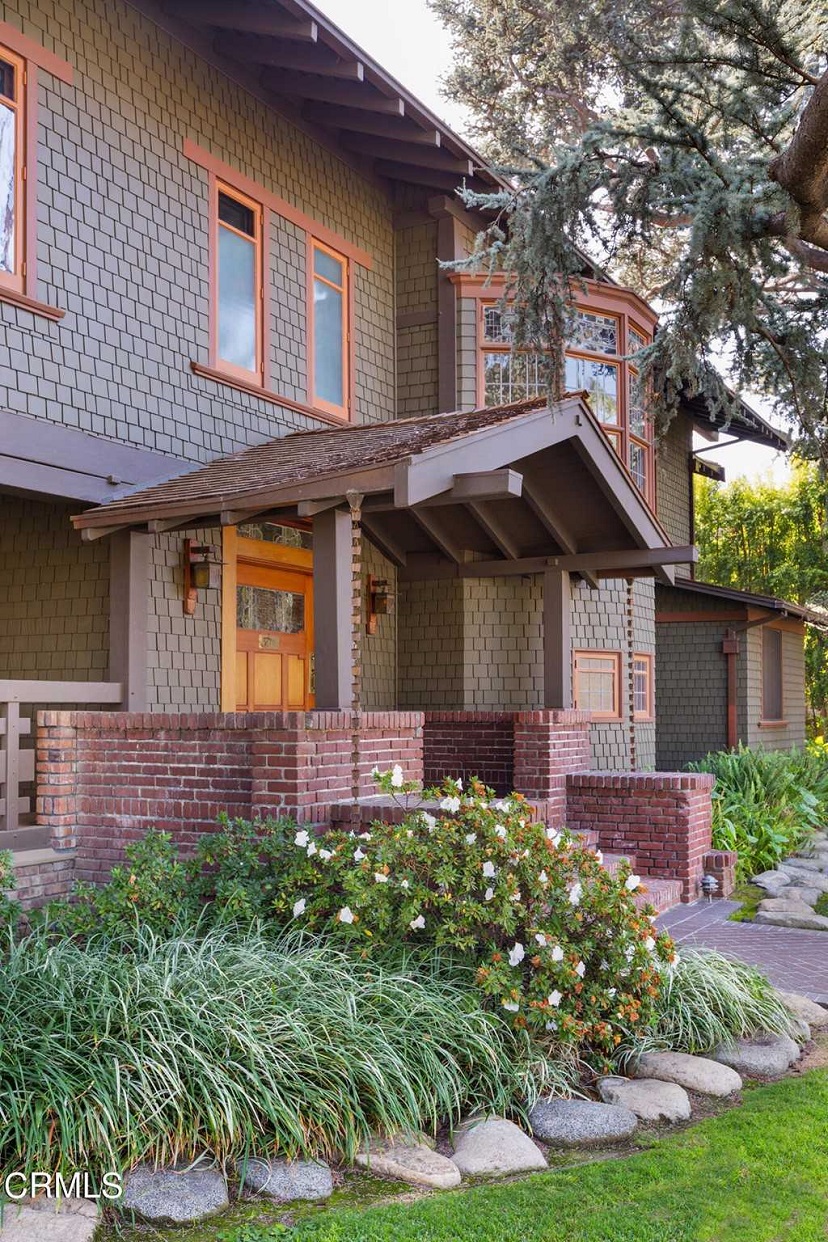
Charles and Henry Greene, Architects, 1906, Garrett Van Pelt, FAIA, 1929, The Dr. W.T. Bolton House. Few architects have defined Southern California vernacular architecture more than Charles and Henry Greene. With their ability to blend Asian, British, and South Asian designs during the burgeoning Arts and Crafts movement in the United States, the Greene’s forged their names in the annals of architectural history by designing some of the most significant architectural works in the country, including Pasadena’s Gamble House and Blacker House, both of which were completed after the Greene’s finished the Bolton House.
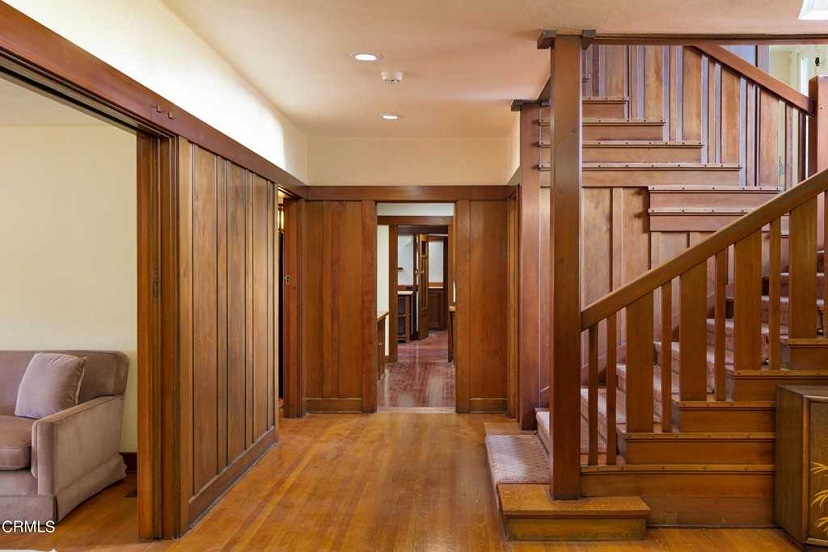
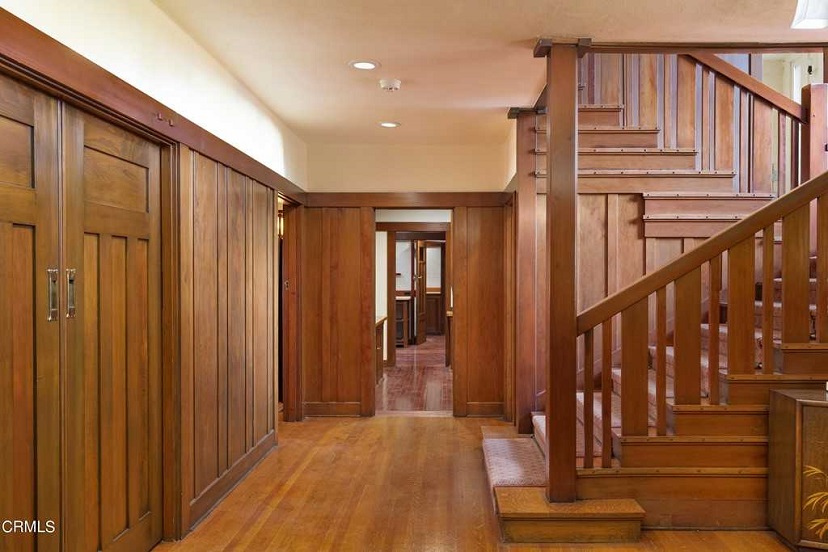
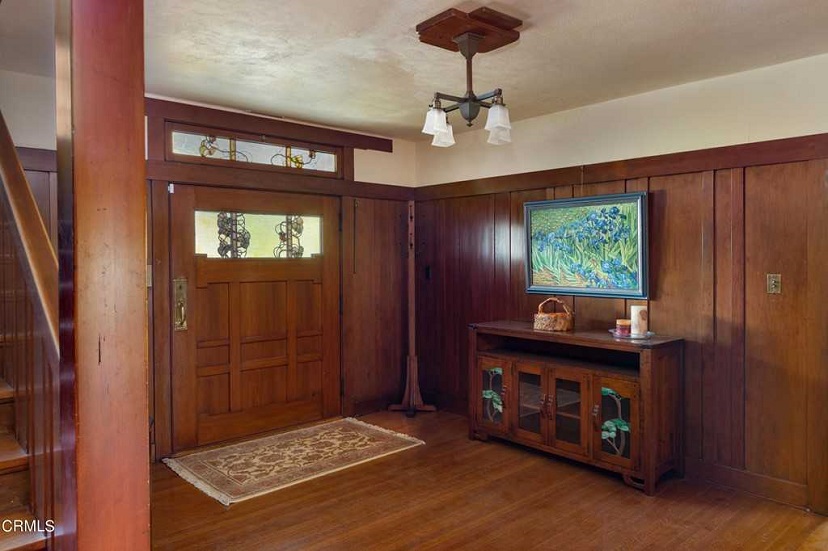
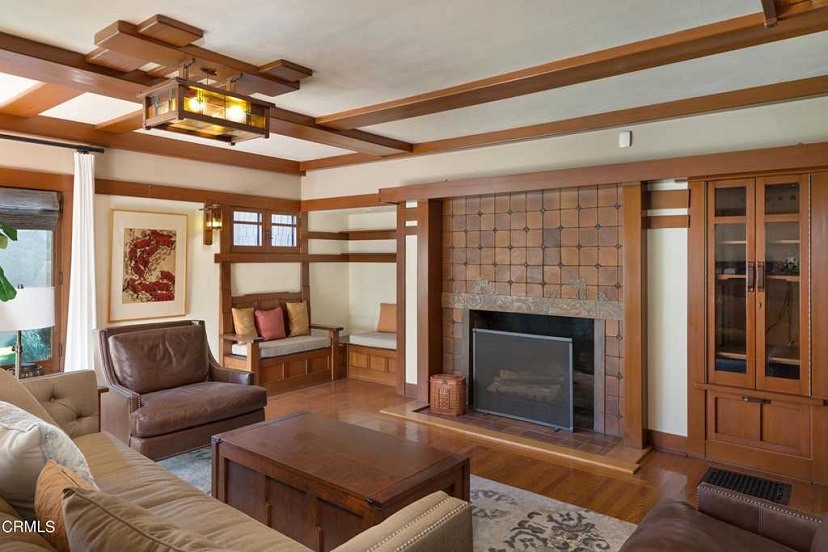
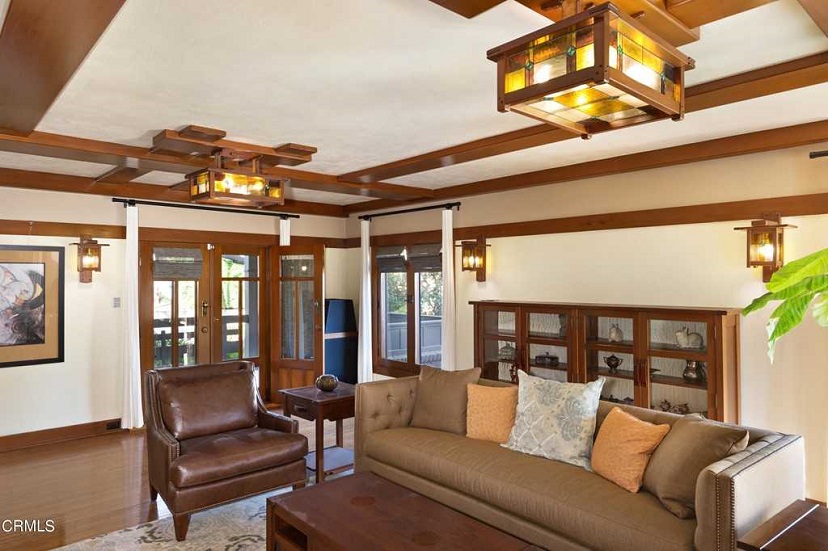
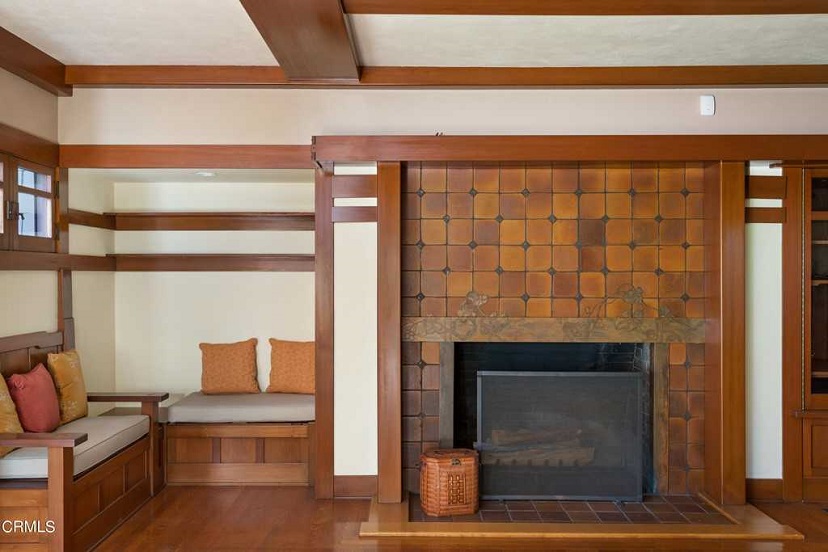
Consistent with their work, the Bolton House is both sculptural and organic. The soft edges, calm colors, exotic woods, simple joinery, and lack of superfluous ornamentation reinforce the Greene’s belief that conspicuous consumption and pretentiousness found in the revivalist architecture being constructed throughout the region is an assault on the natural environment. Perhaps Charles Greene said it best that their goal was to ‘make necessary and useful things pleasurable’ which, perhaps, is the fait accompli they had in mind for the Bolton House and their subsequent works of art.

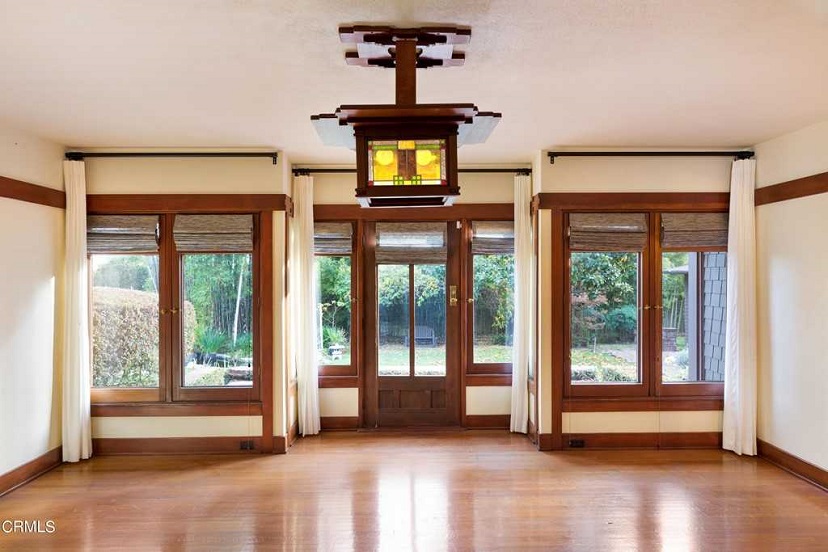
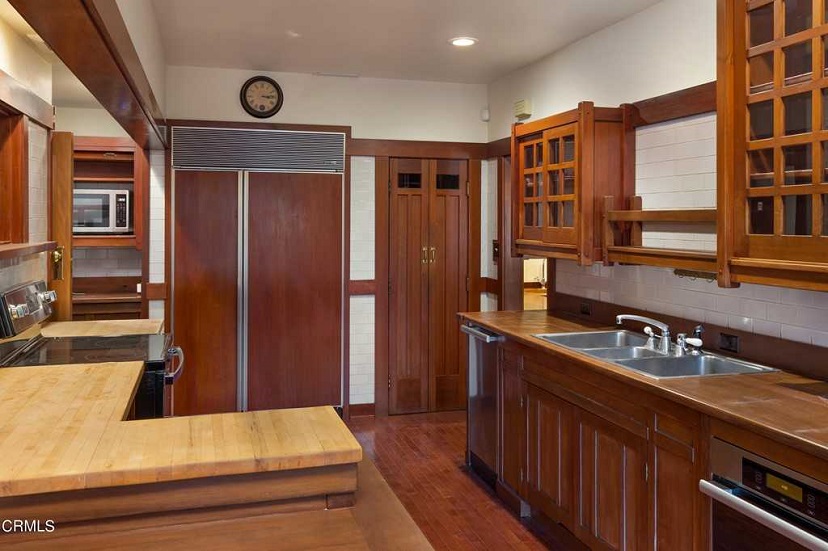
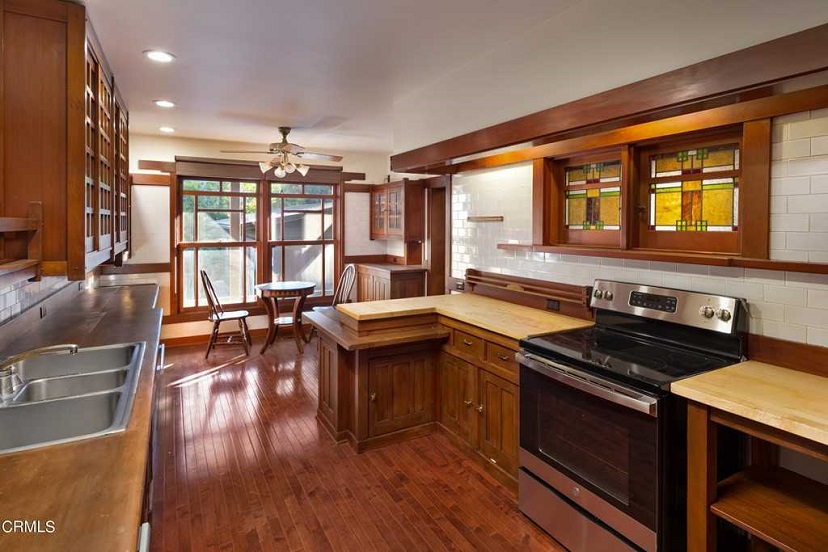
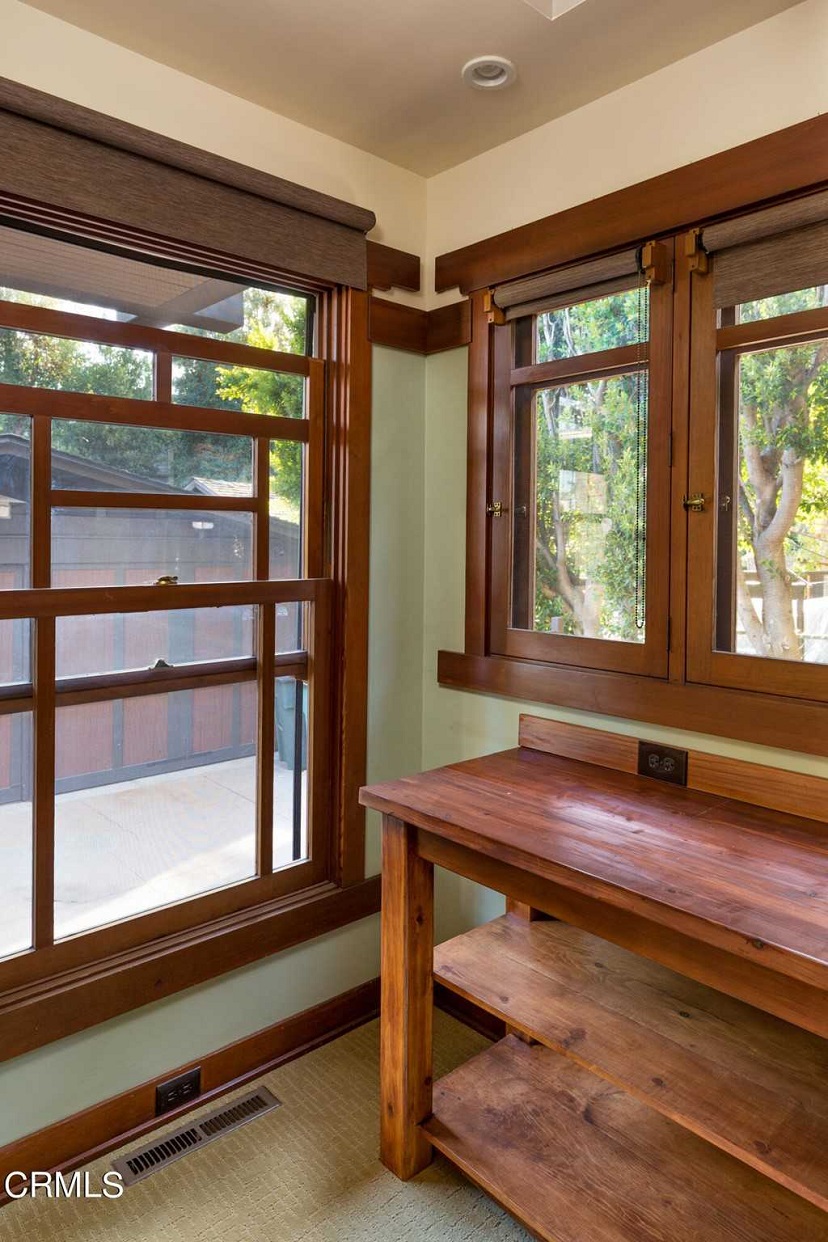
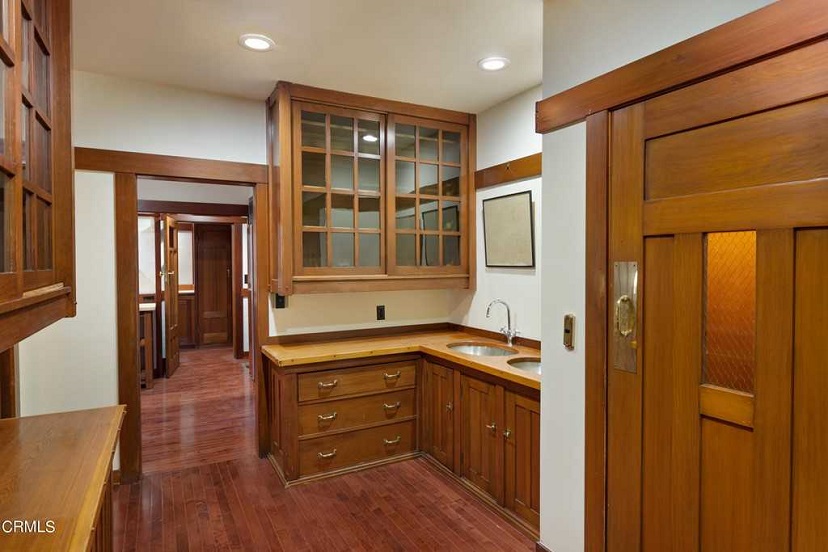
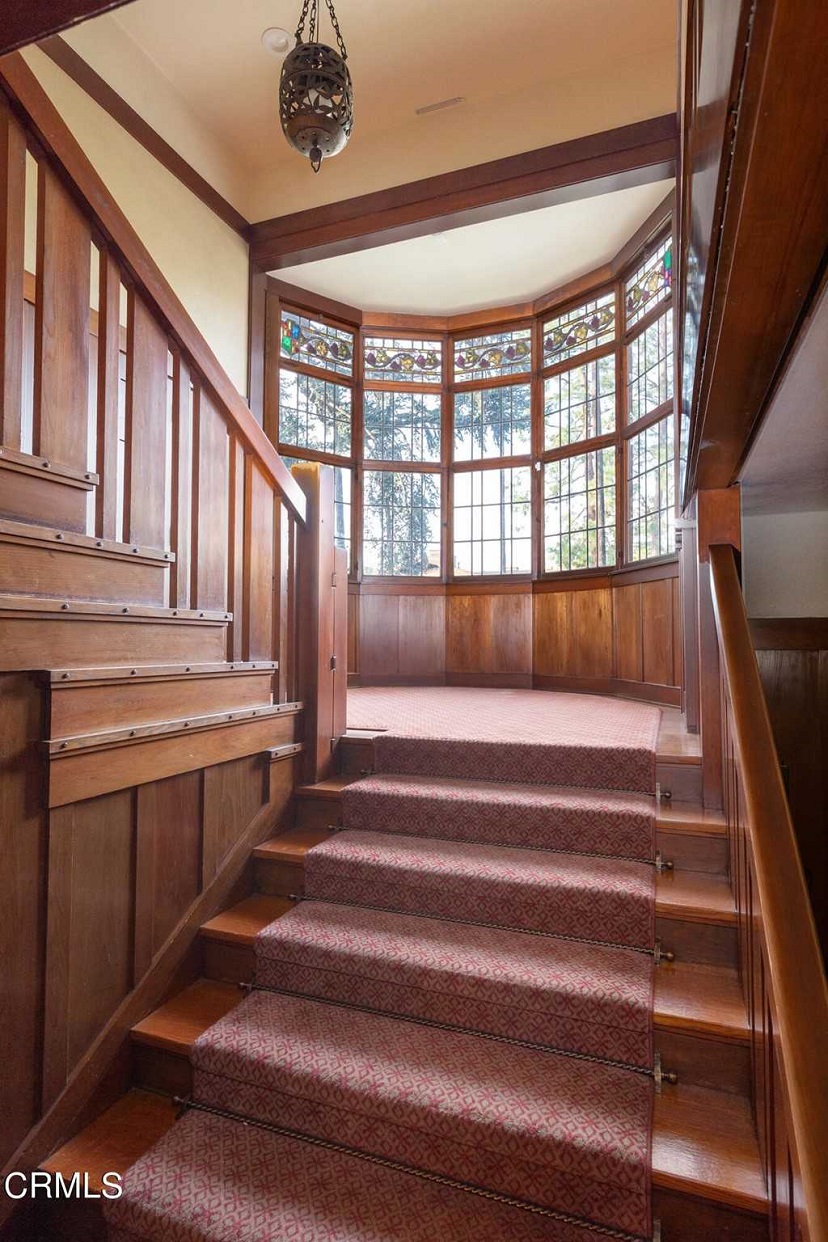
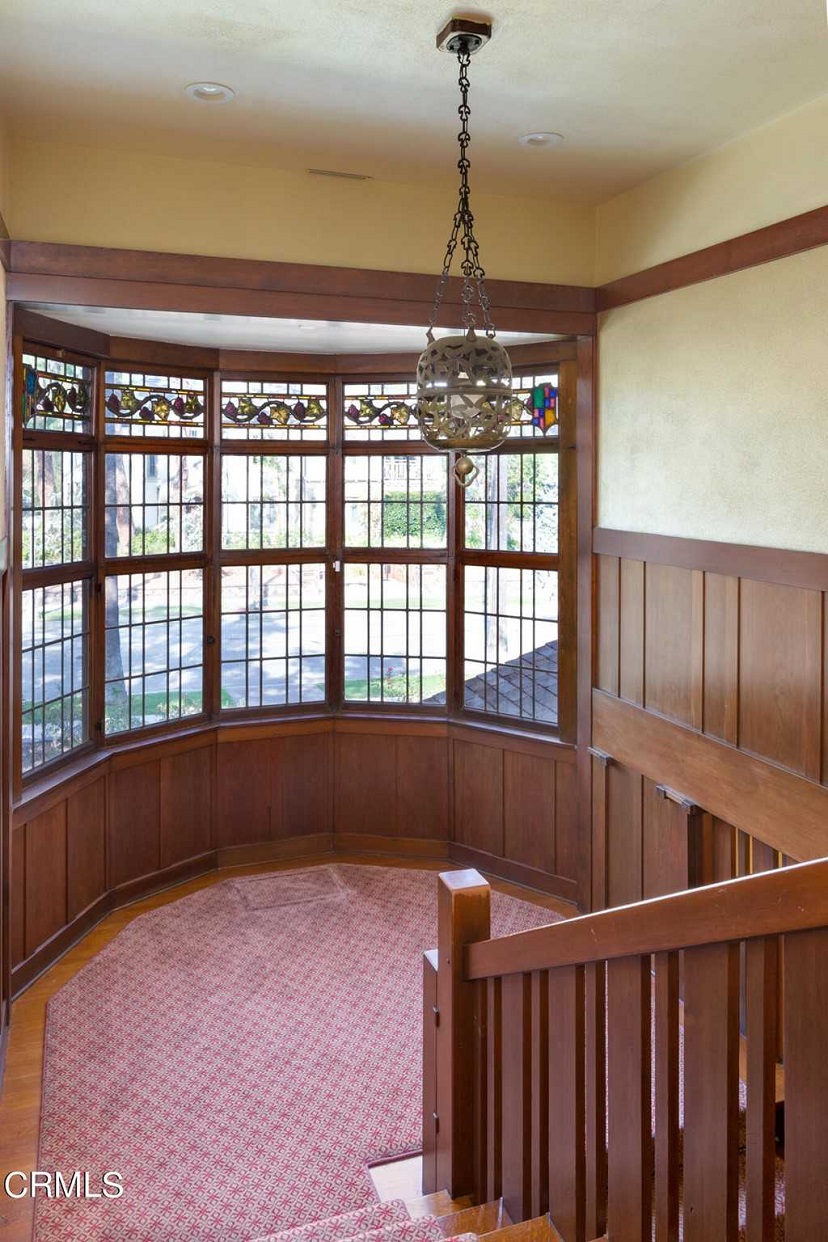
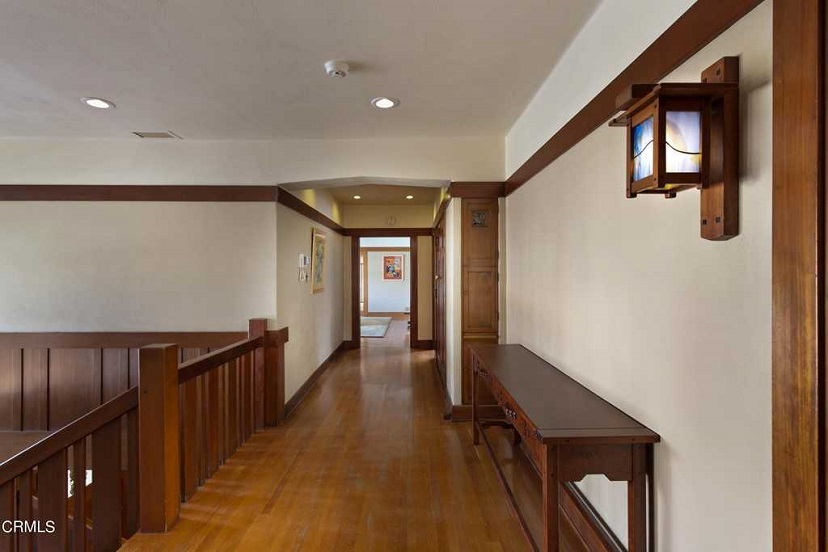
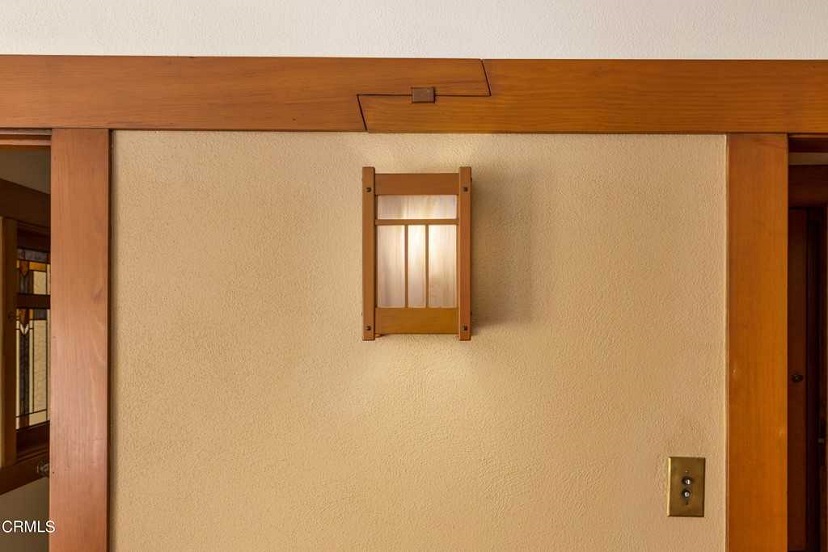
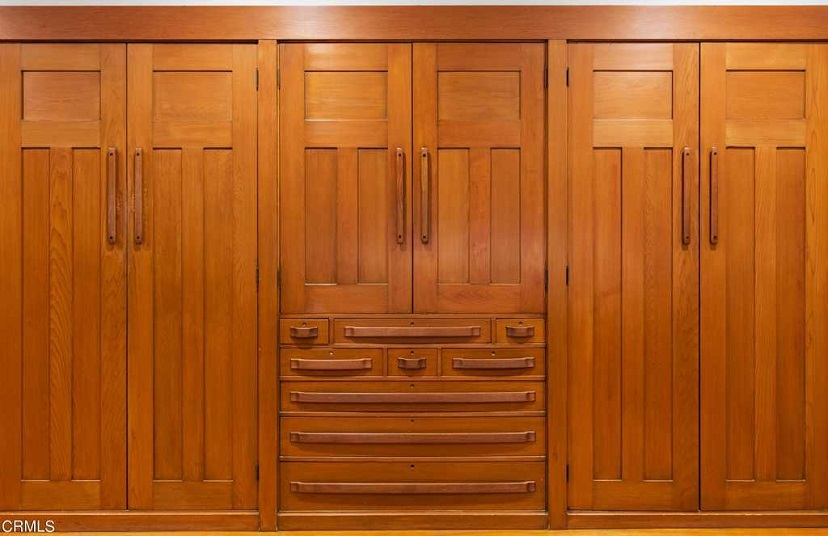
The Bolton House has received a few modifications since the 1906 completion. Other longtime Greene & Greene clients followed the ownership of the Boltons (Dr. Bolton passed away prior to the completion of his home). Cordelia, Kate, and Margaret Culbertson purchased the home in 1918 and commissioned architect Garrett Van Pelt to add a two-story oriel window replacing a flat, articulated horizontal window that also lined the oversized staircase. And while not original to the Greene’s 1906 design, the oriel window undoubtedly brought in a sense of modernity when complete and possibly prolonged the existence of the house during a time when Craftsman homes began falling out of favor and large estates like this met their demise.
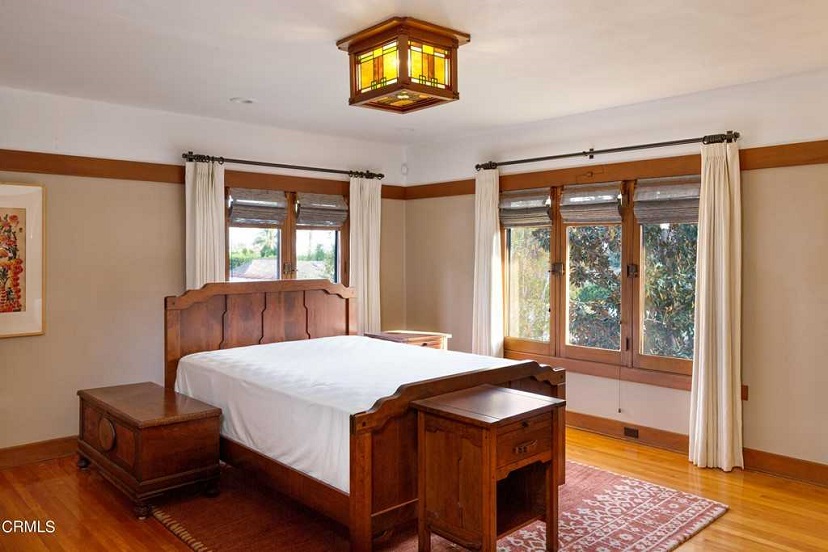
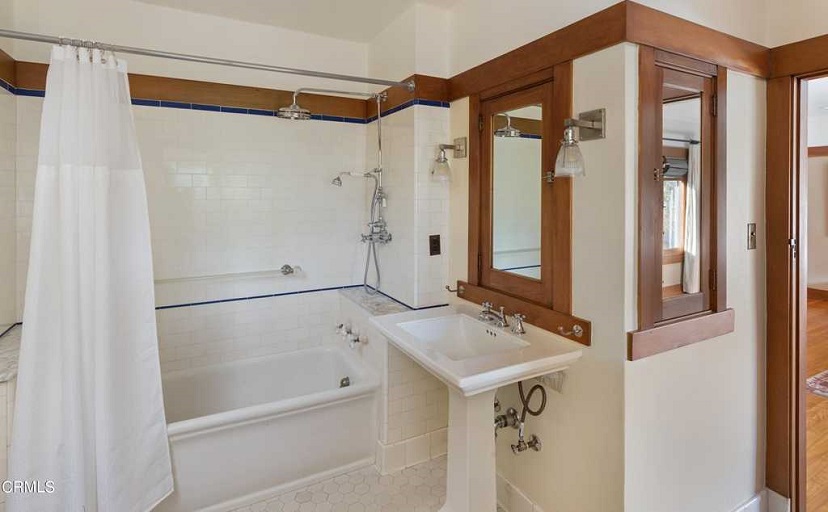
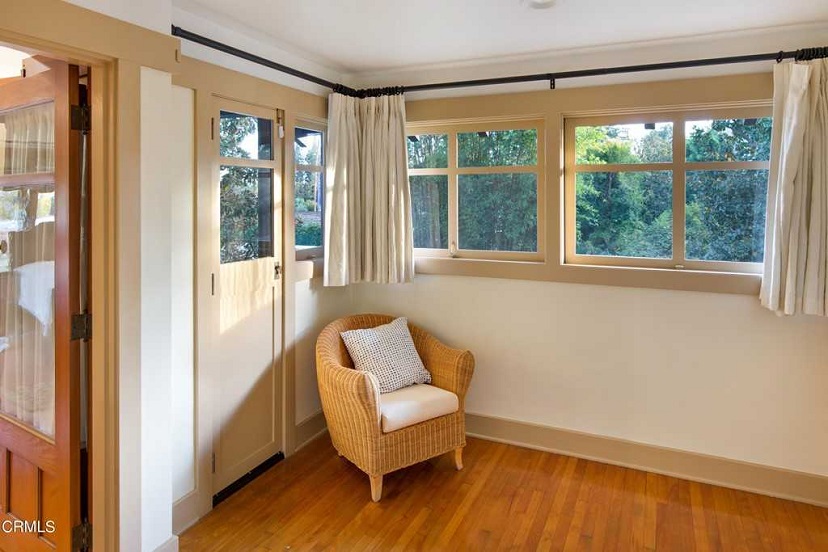
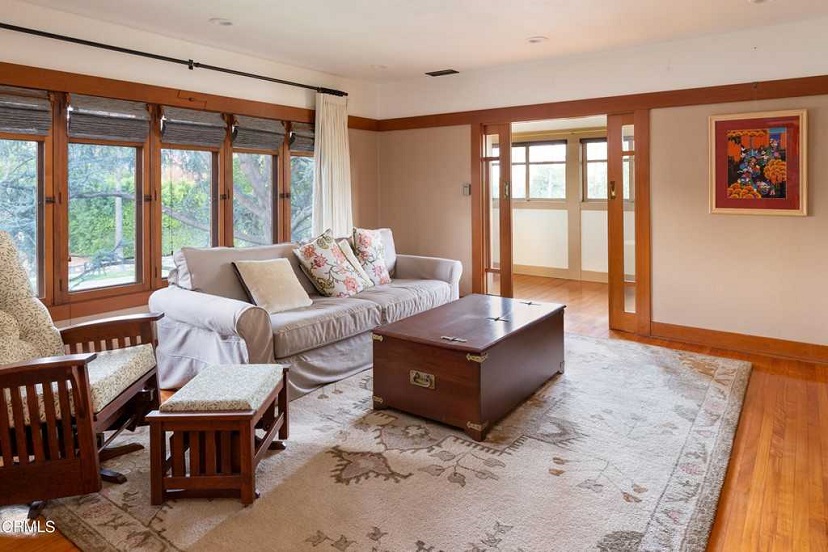
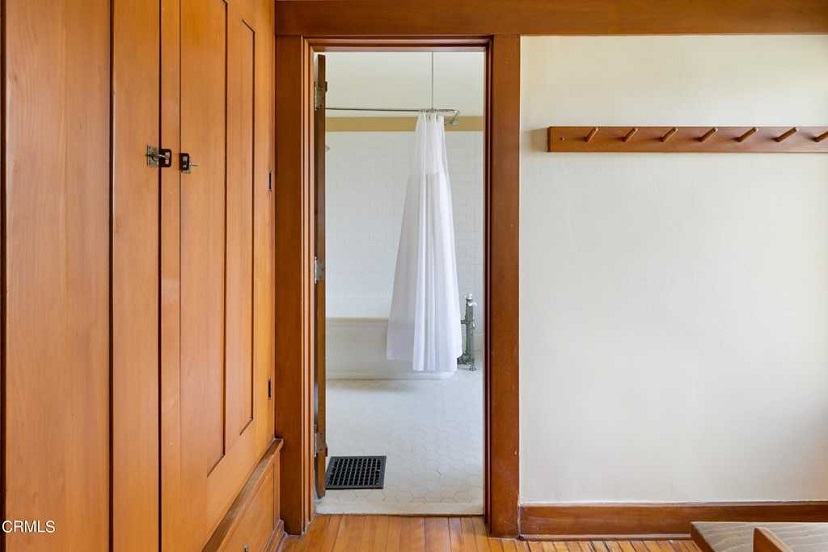
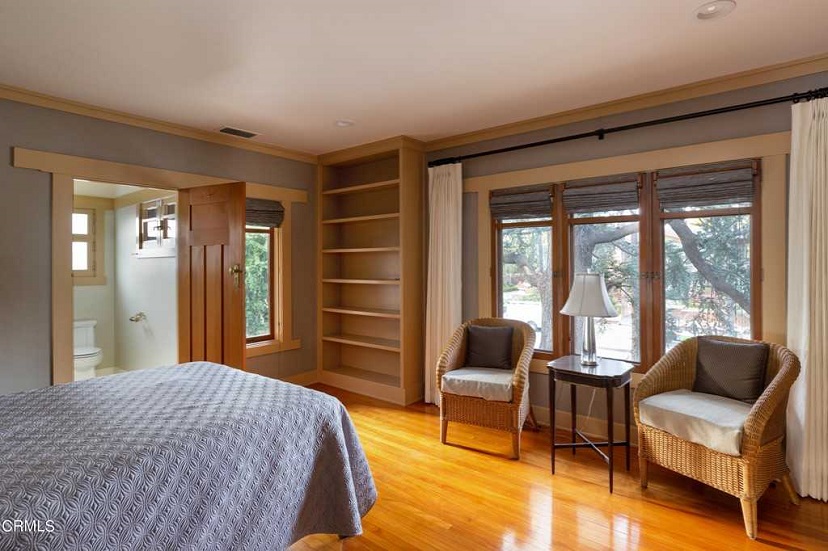
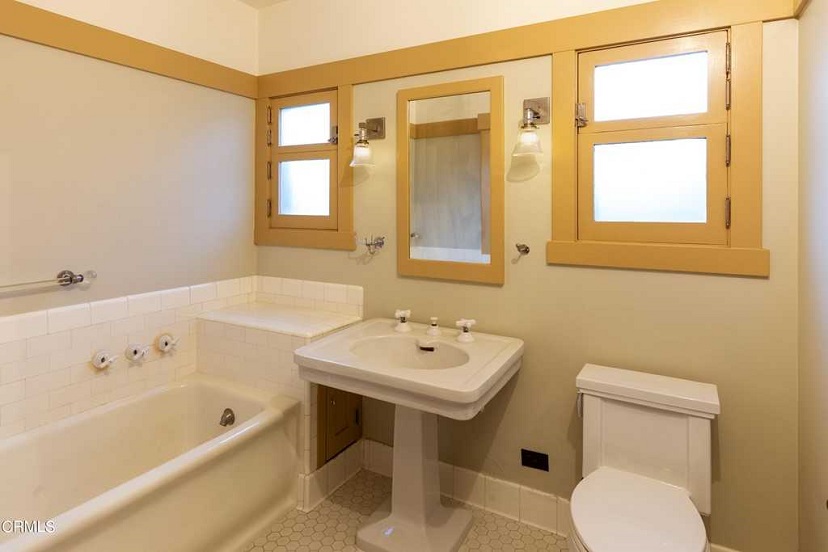
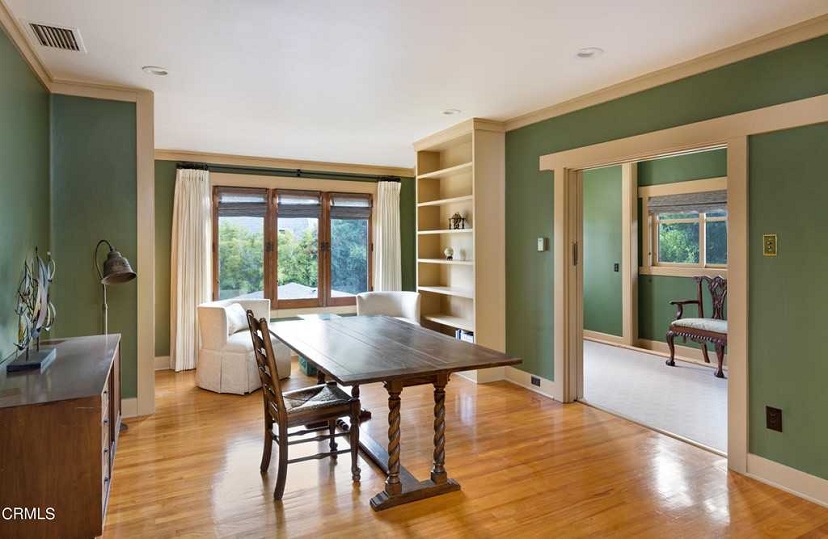
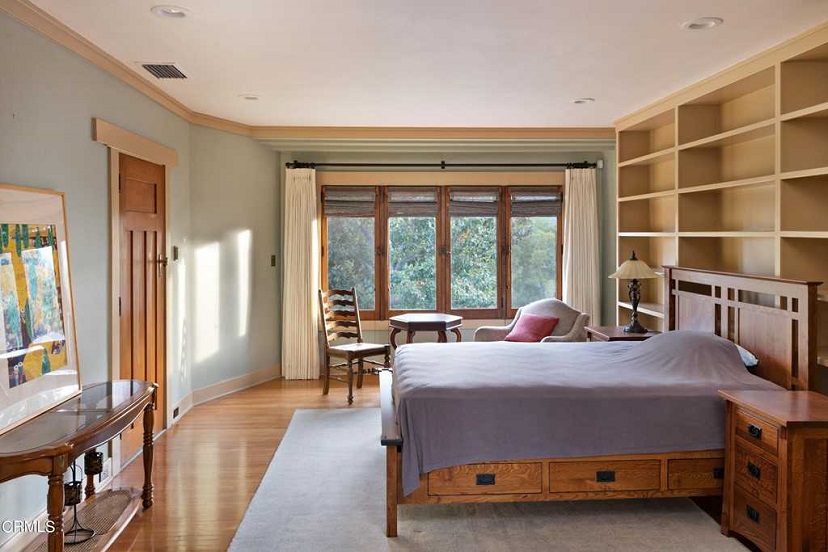
A multi-year restoration of the house began in the 1980s. During this time, existing woods such as Port Orford Cedar, a favorite of the Greenes and master builder Peter Hall, was restored or, in some cases, replaced. Teak, oak, and clear heart redwood paneling, floors, and cabinetry were given new life. There are two kitchens, one on the first floor and a commercial kitchen in the finished basement easily accessible by the three-story elevator or a staircase. There are 6 bedrooms and 8 bathrooms a two-car garage, a guest house, formal dining room.
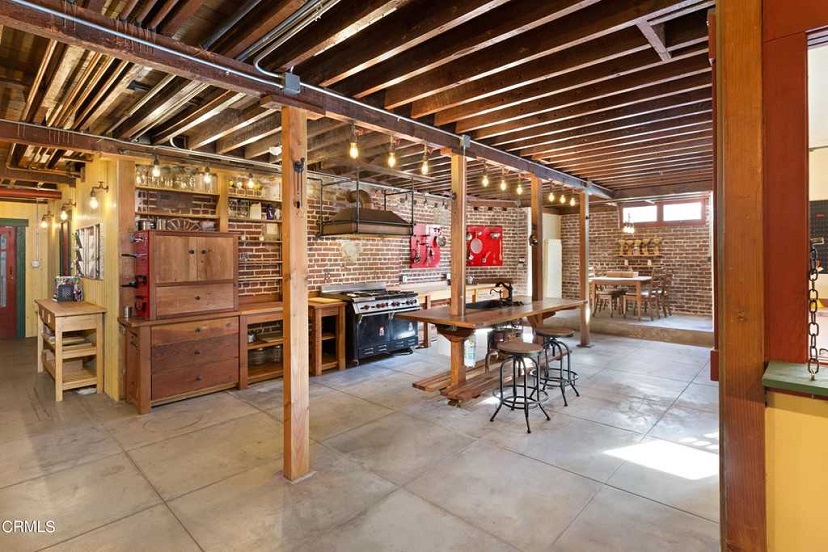
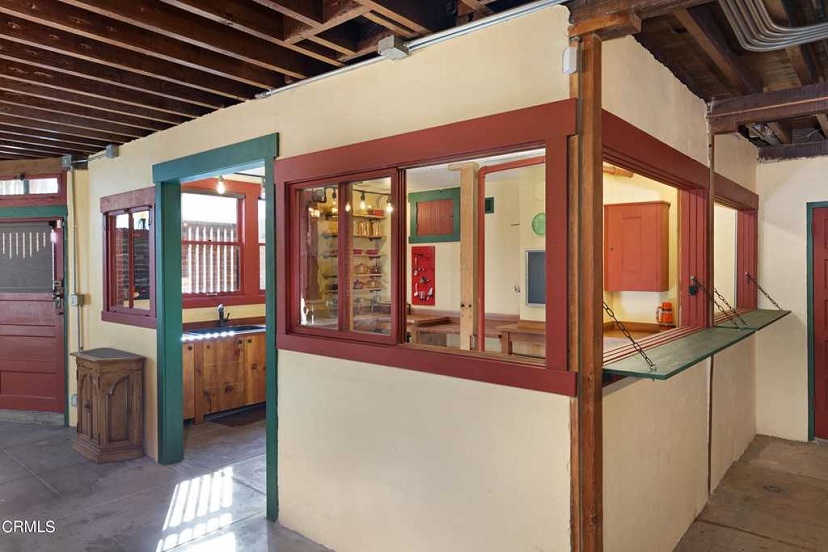
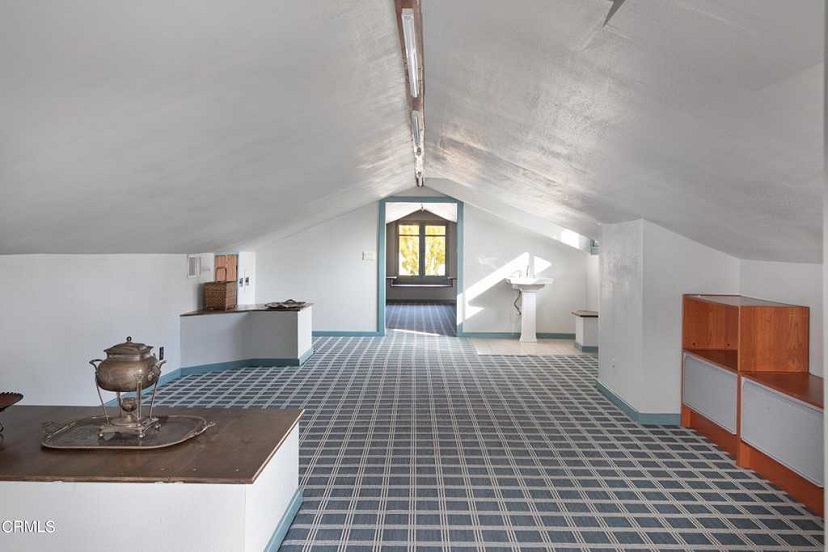
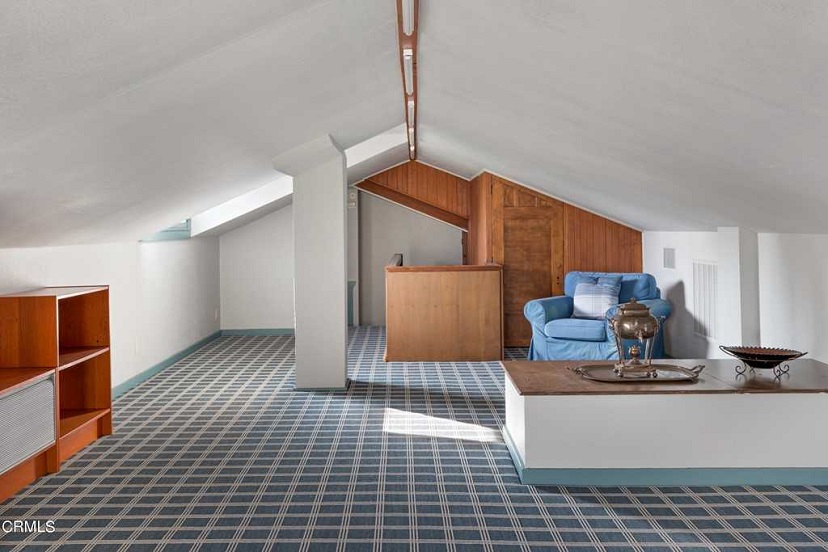
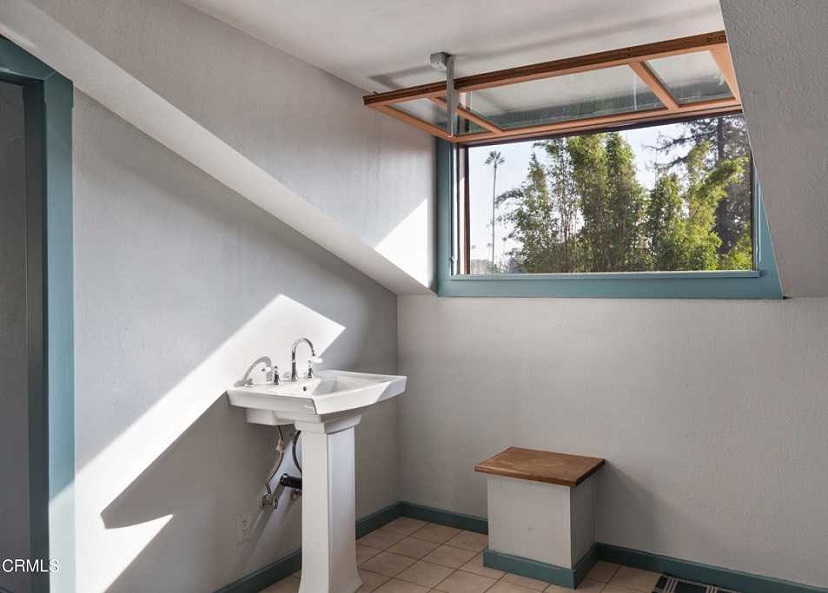
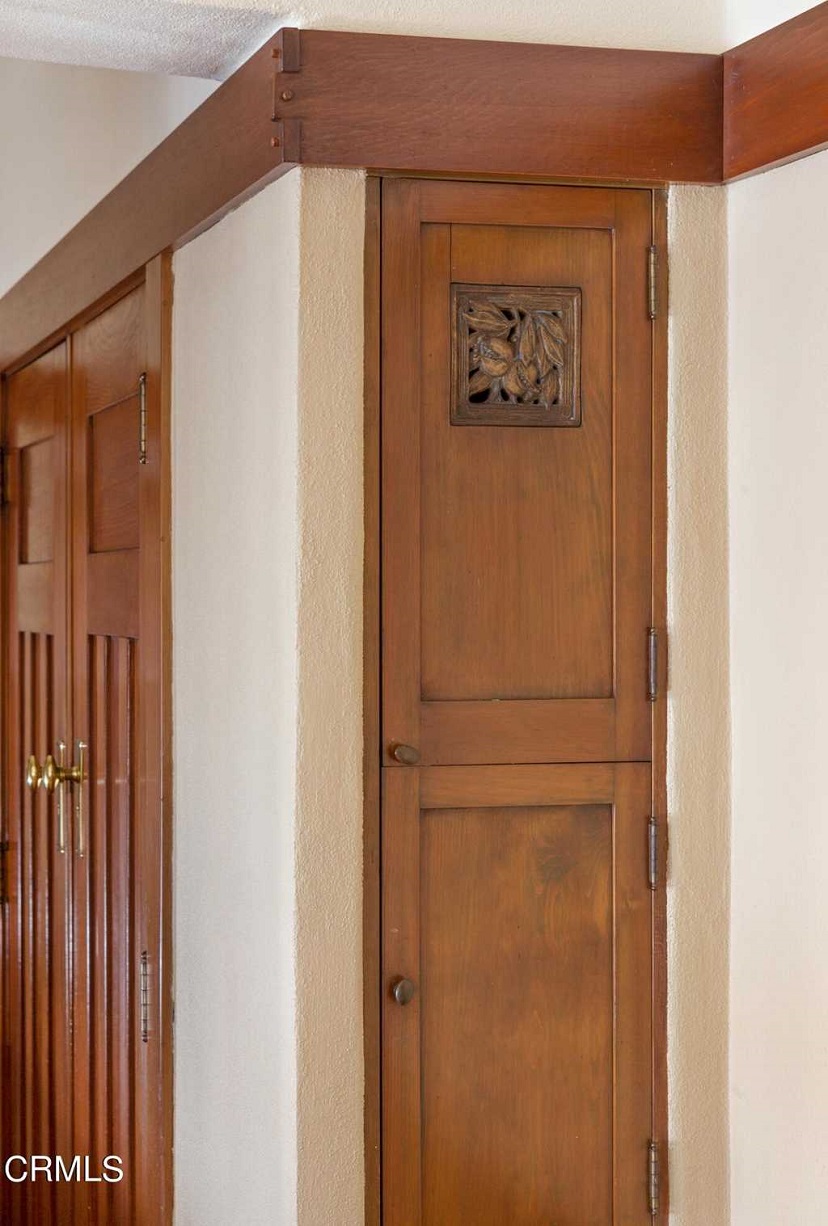
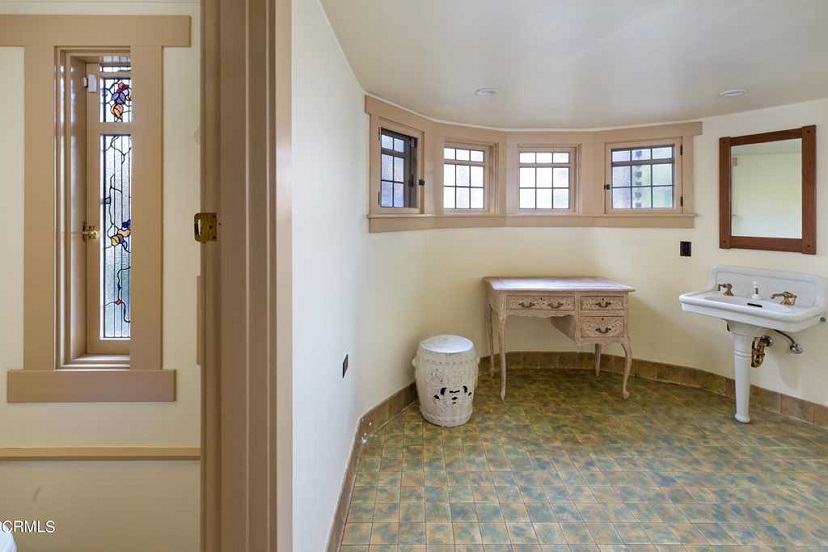
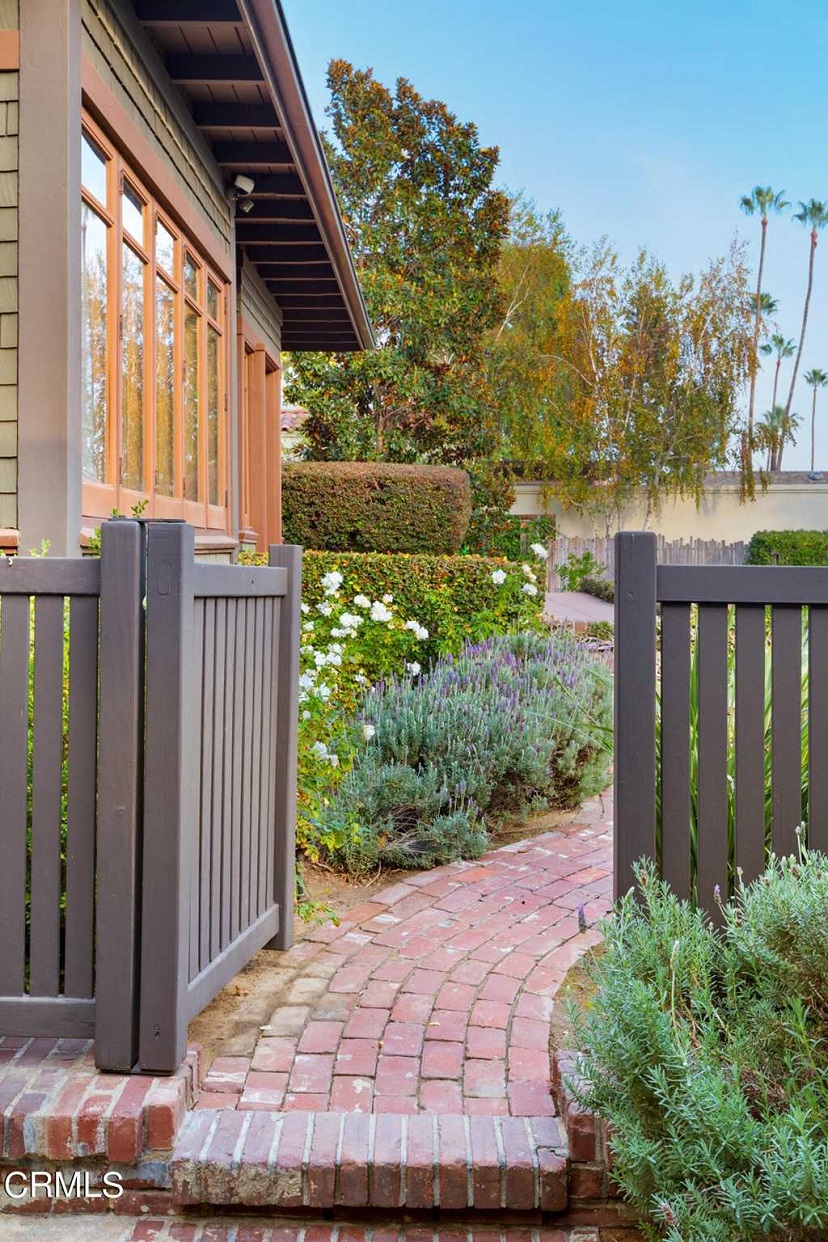
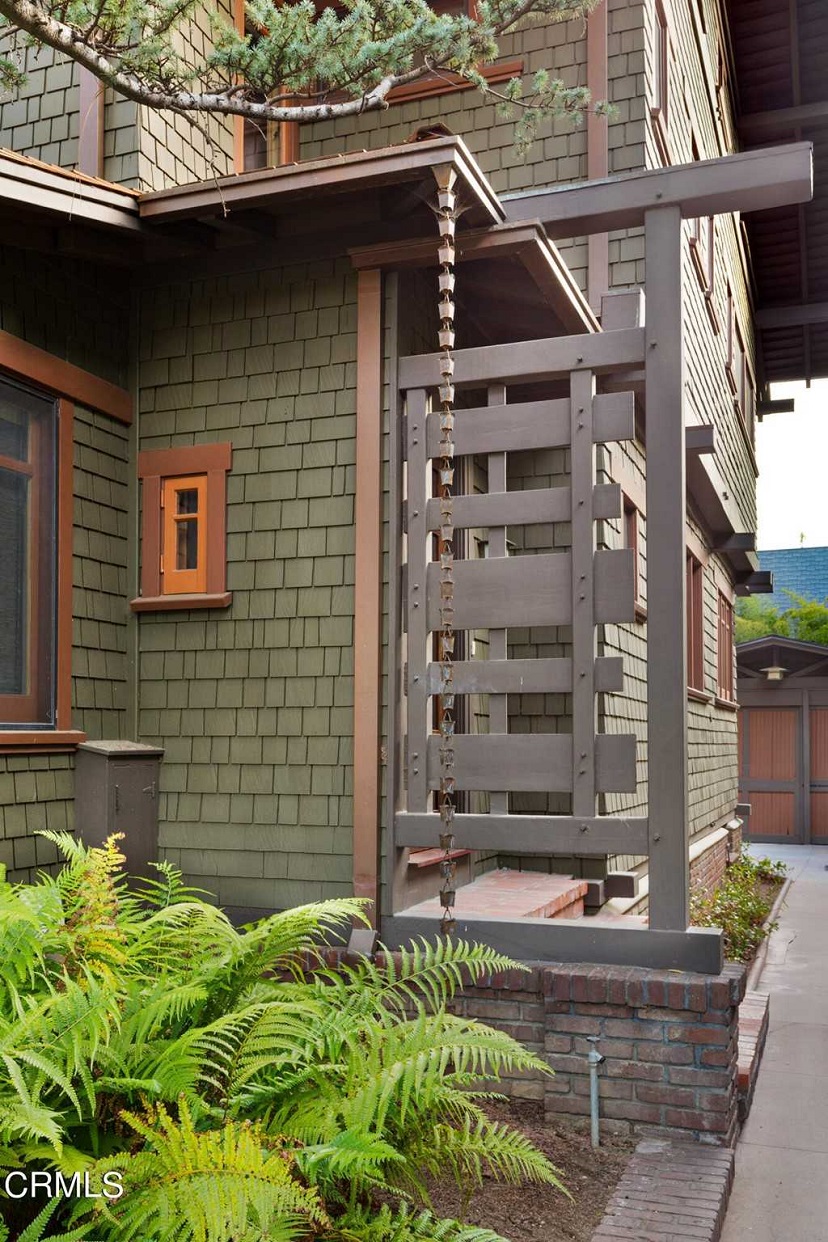
Main Properties:
Bedroom(s): 6
Bathroom(s): 7
Square Feet: 7,100 sq.ft.
Lot Size: 0.37 Acres
Offered at $4,999,000
For a Virtual Tour of the property, visit www.dppre.com/featured-listings/crmls/mls-P1-7656-pasadena_ca_91105.
For more information contact:
Matthew Berkley, MA
Deasy Penner Podley
Partner
mberkley@dppre.com
Mobile (626) 665-3699
CalDRE #01305277
Scott Lander, DC
Deasy Penner Podley
Partner
slander@dppre.com
Mobile (323) 697-4909
Office (310) 275-1000
CalDRE #01320741













Steven S. Lamb
I was honored along with Robert Nailon, Barbara Lamprect, William Dancy, Tom Anderson, Ken Rideout, Genn Stewart and Tom Gardner to work on the original restoration conducted from 1978 to 1980 by Ken and Kathy Ross. All of the ceiling beams, light fixtures, cabinetry and stained glass except the piece in the front door were made at that time and all of the wood was stripped and refinished in that restoration. Most of the electrical was either reworked or replaced, as was the plumbing and most of the internal plaster. Tim Andersen oversaw the restoration that when completed had sensitively modernized the paint Palate, since lost in this latest reworking. New additions are the basement apartment and the conversion of the upstairs trunk room attic to a unit. The house needs an interior oiling I see from the photos
Steven S. Lamb
Note we had to remake the beams lighting and cabinetry because it had all been stripped out in the 1940s